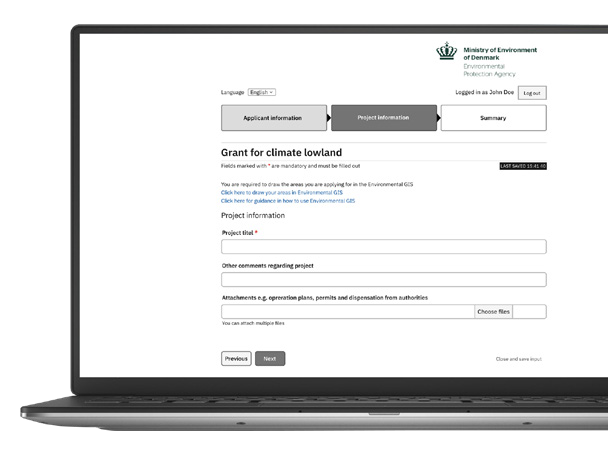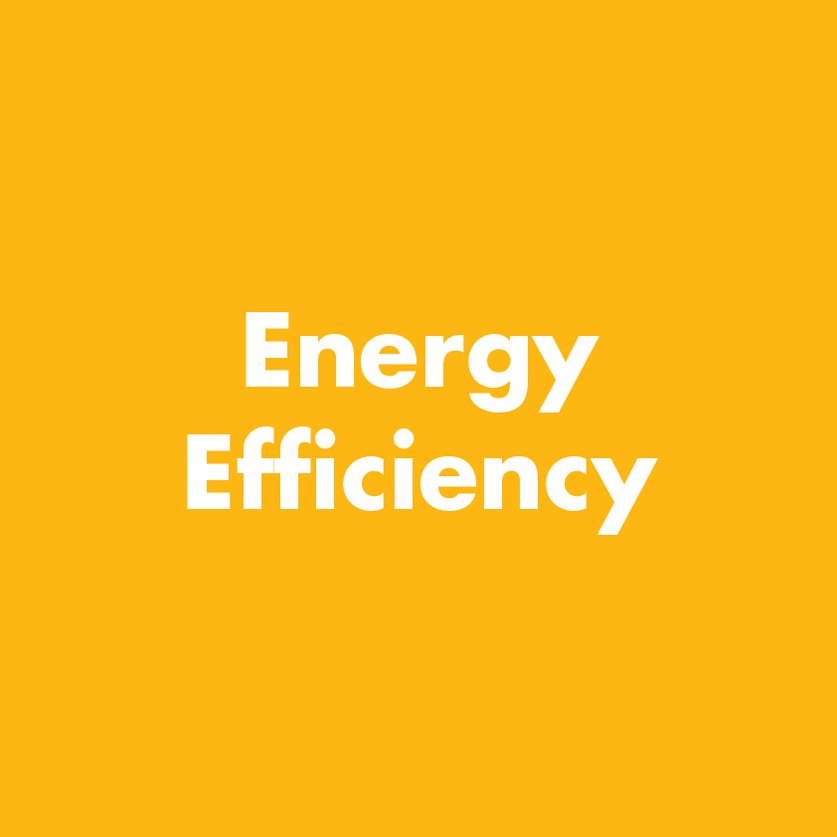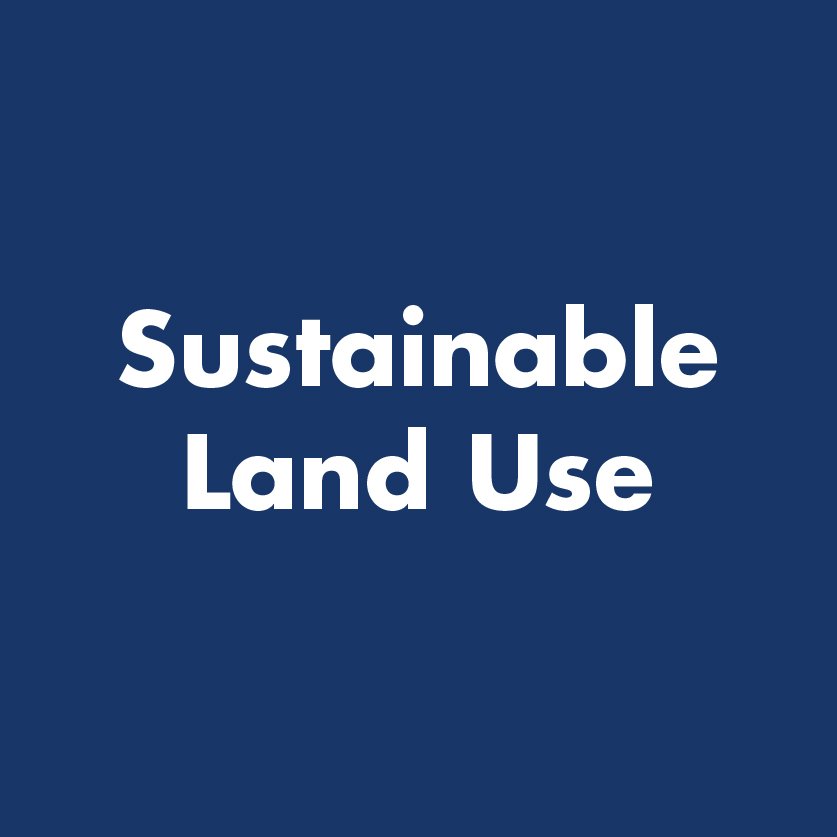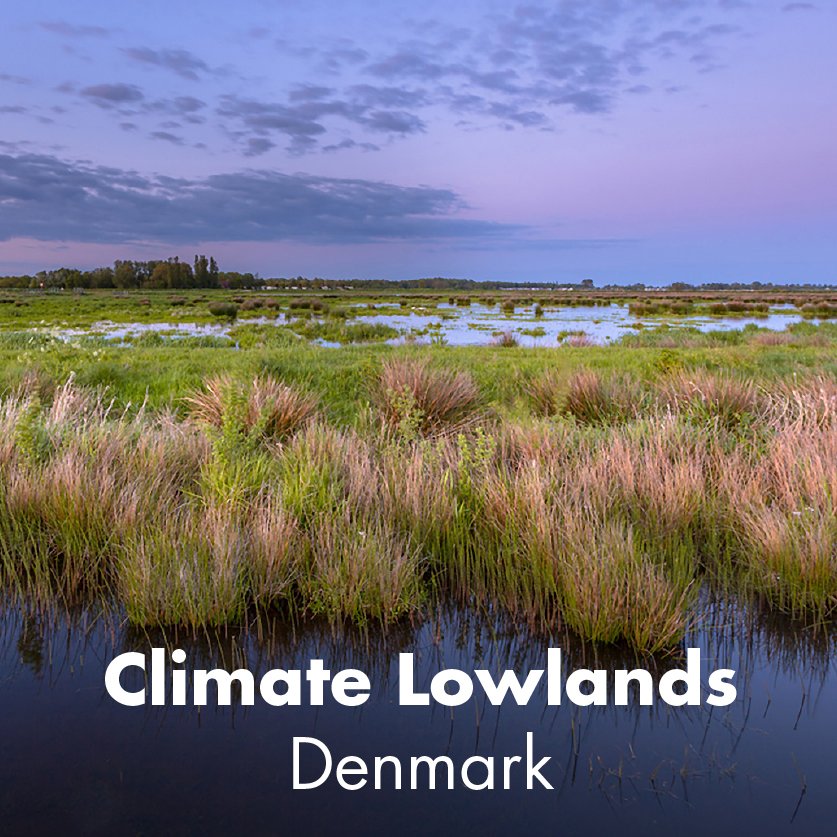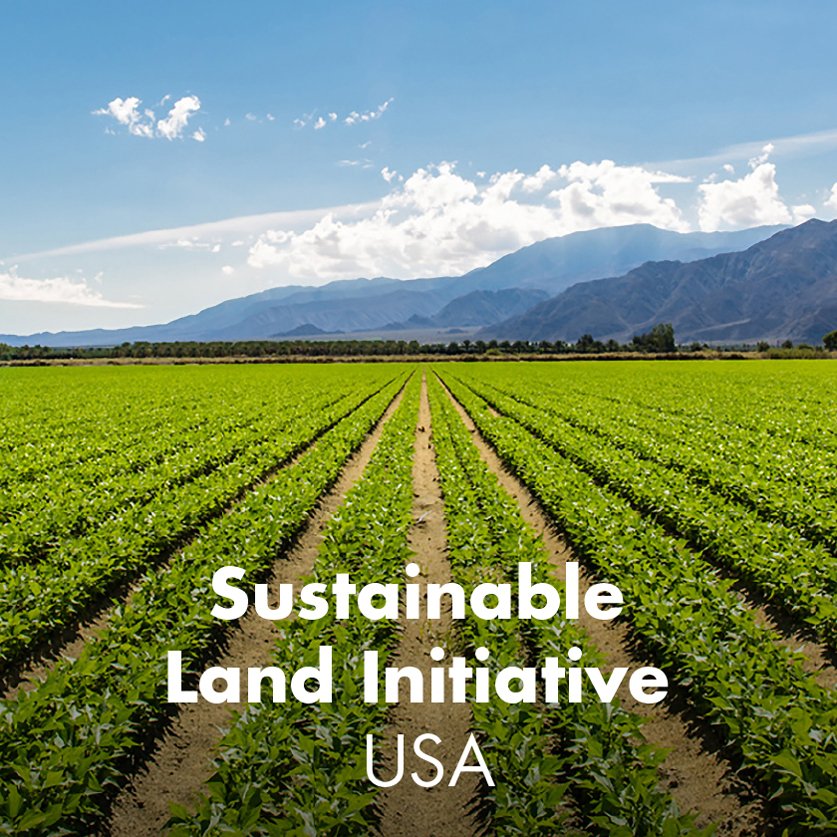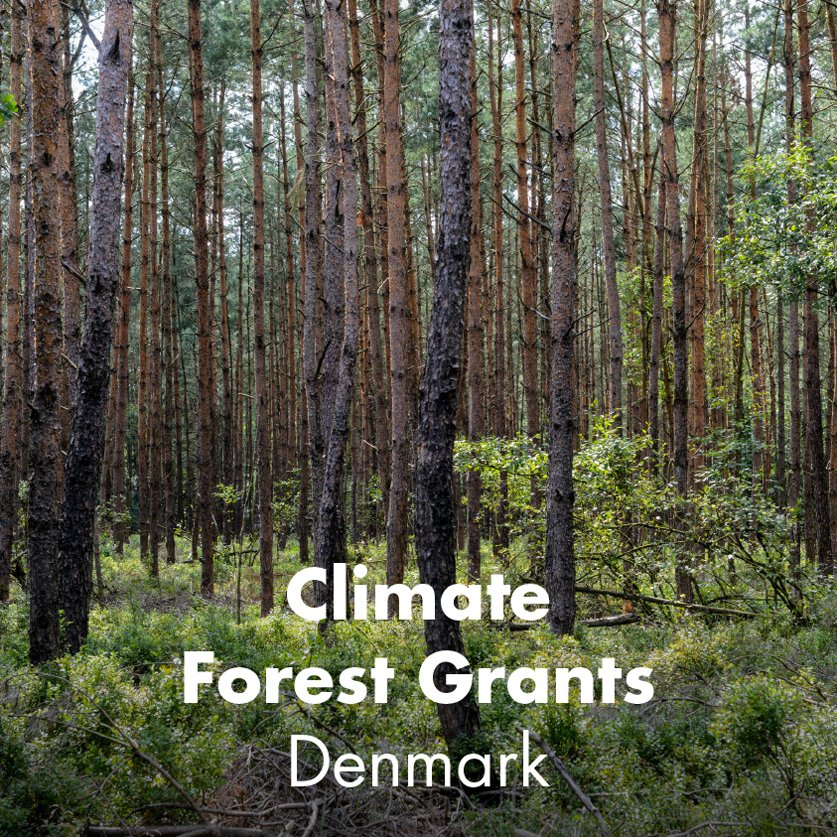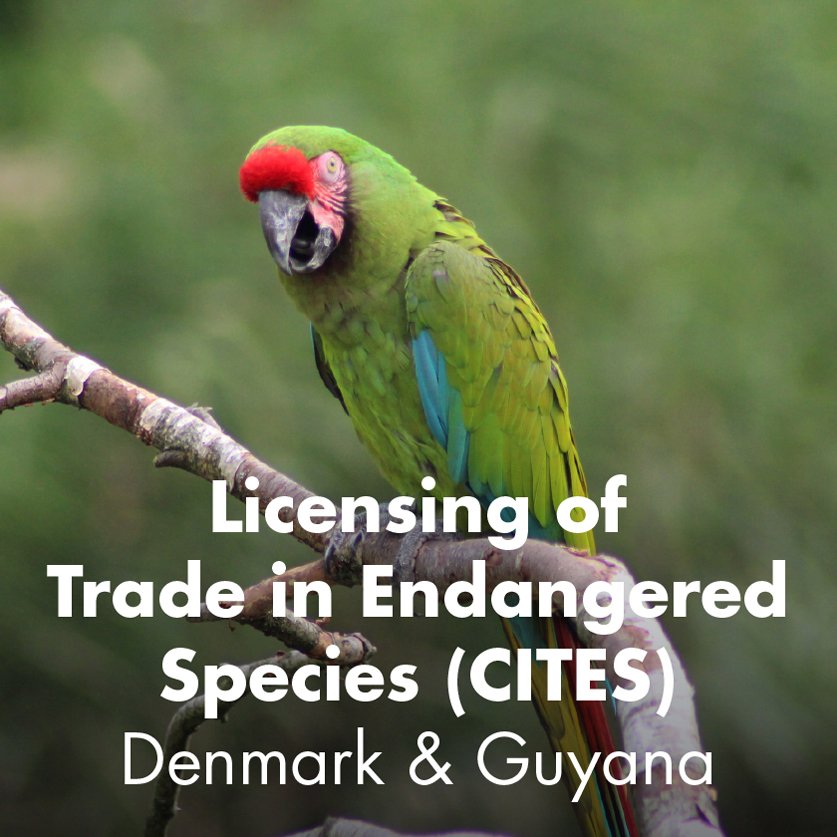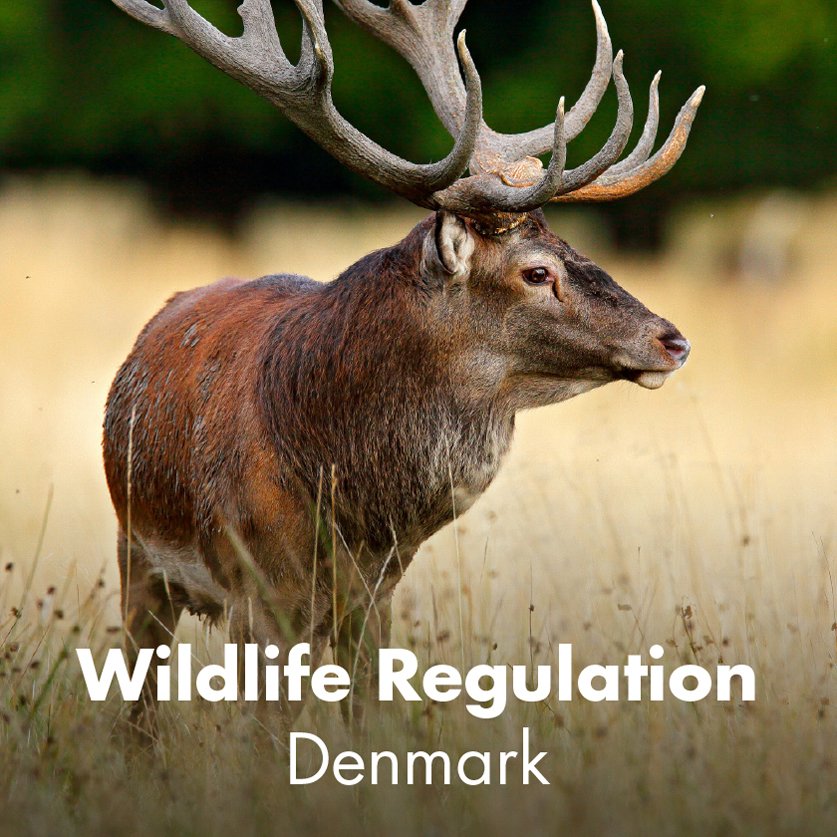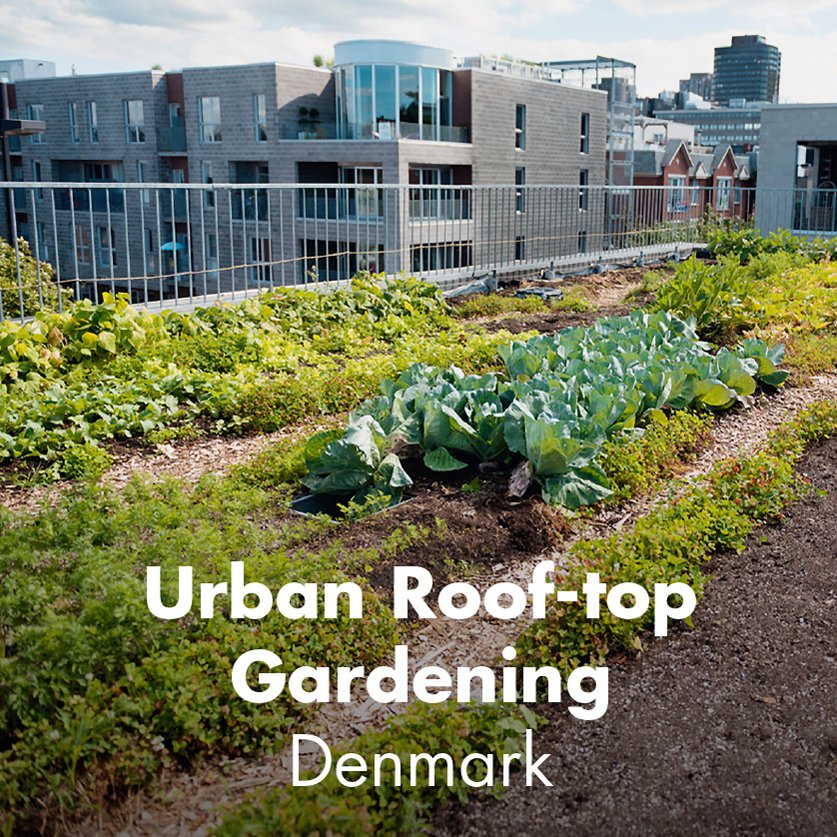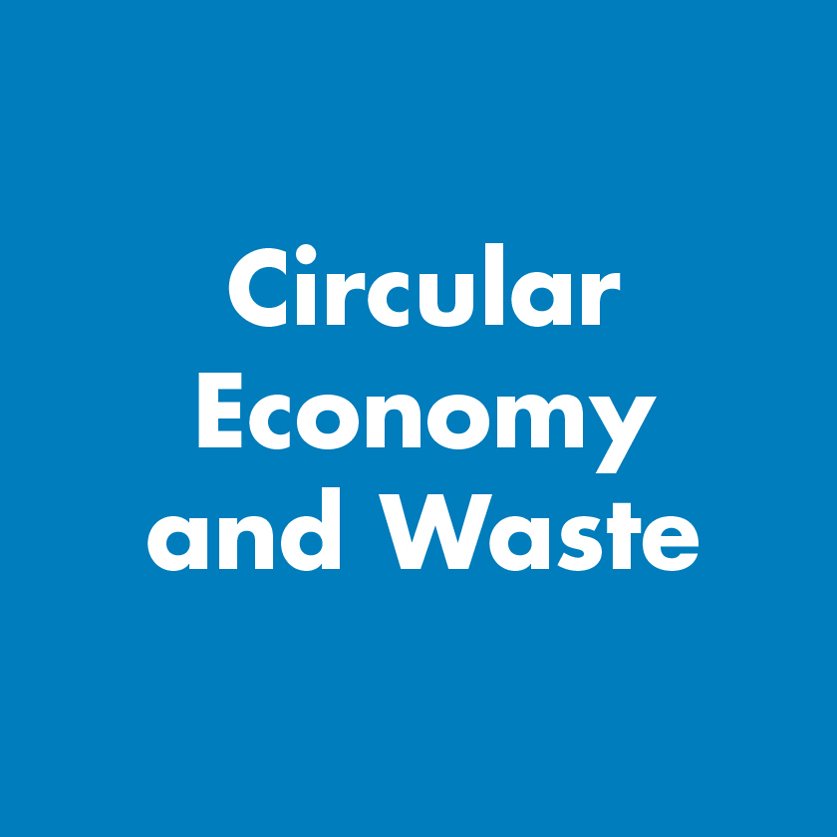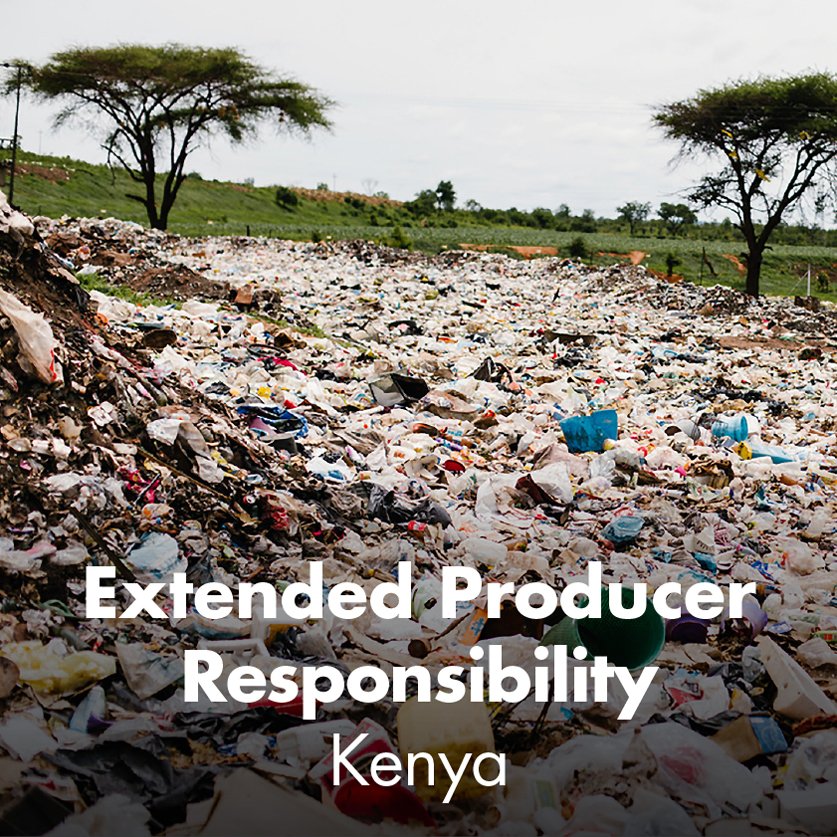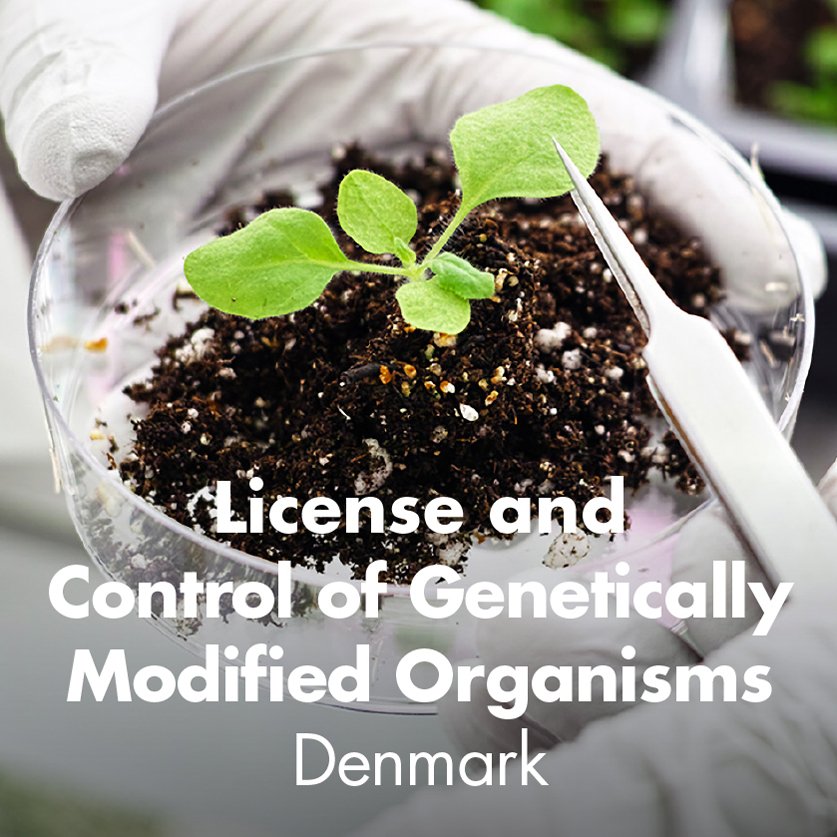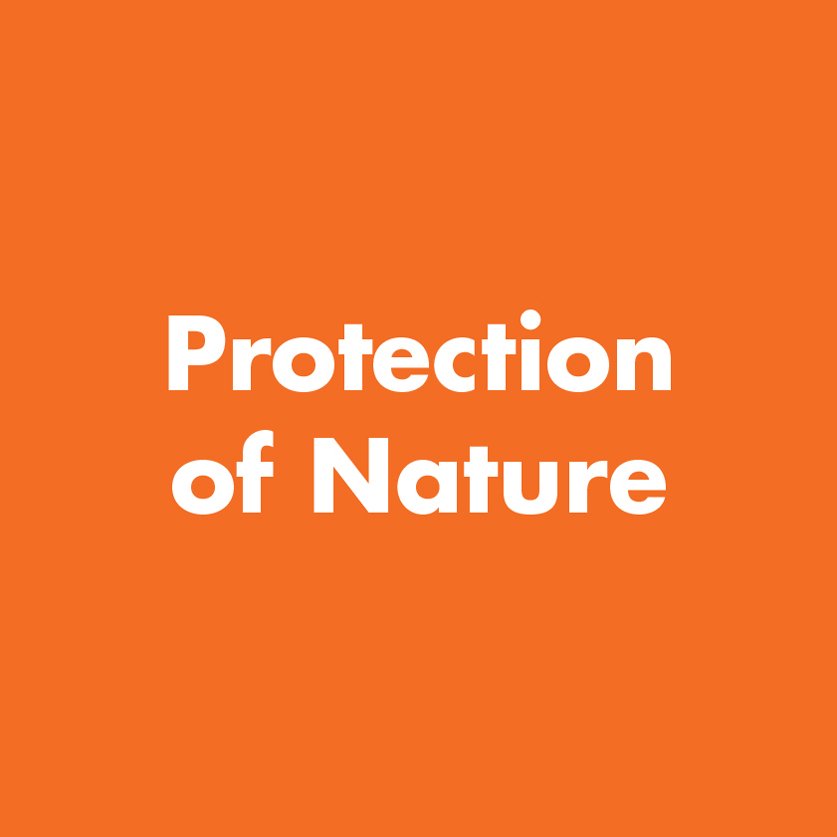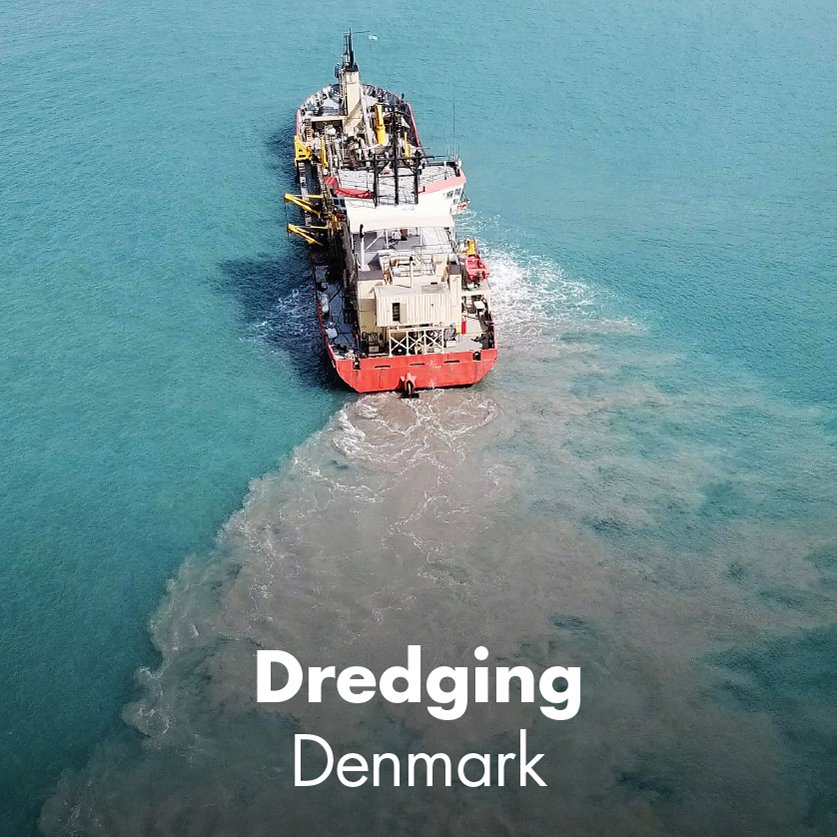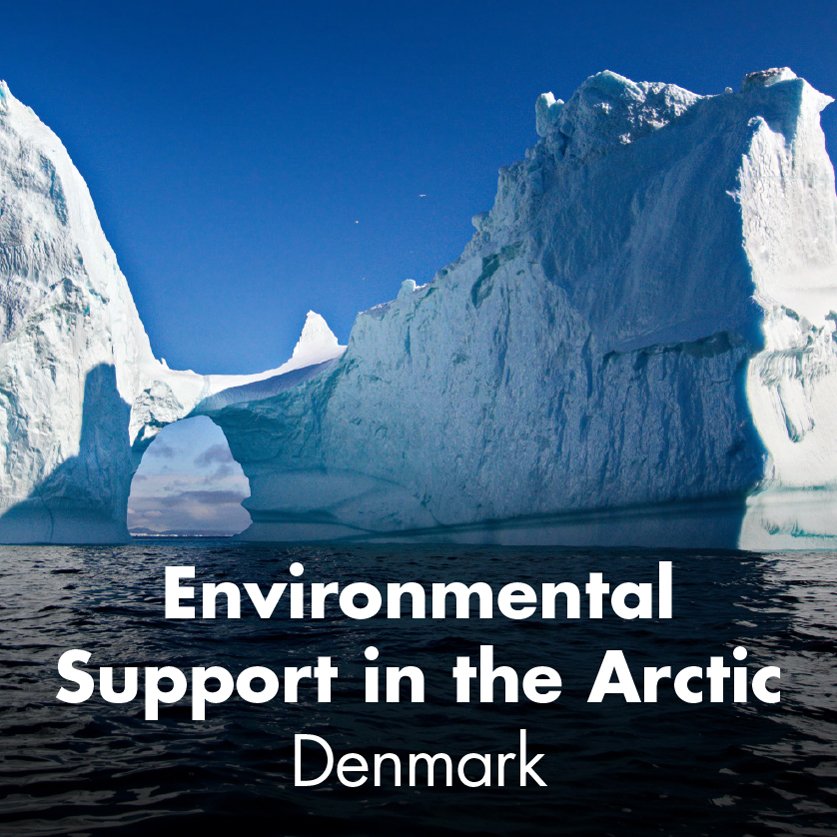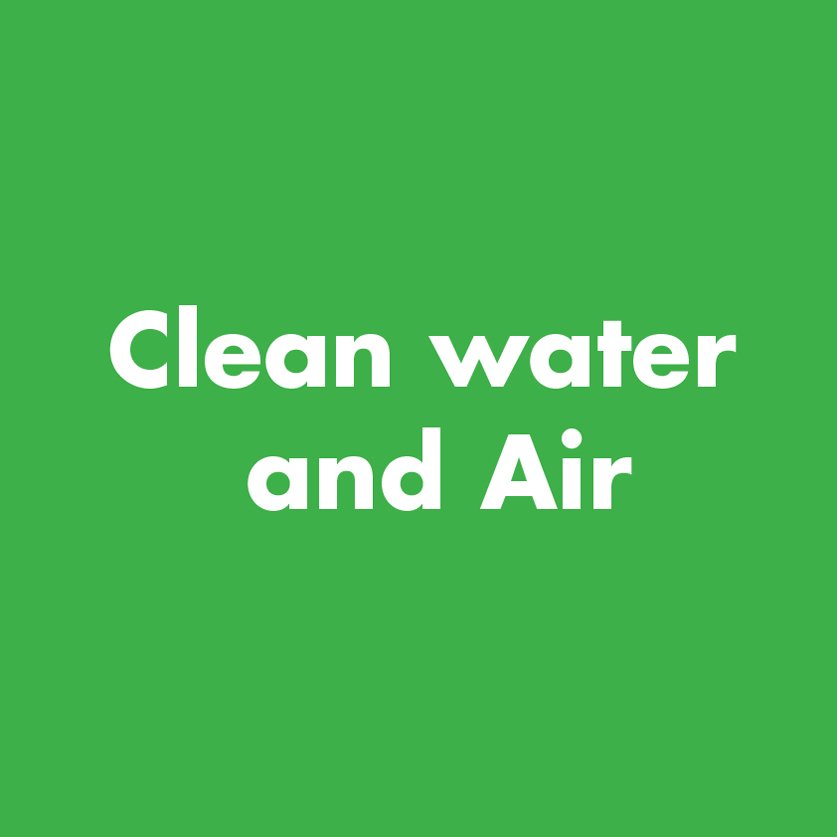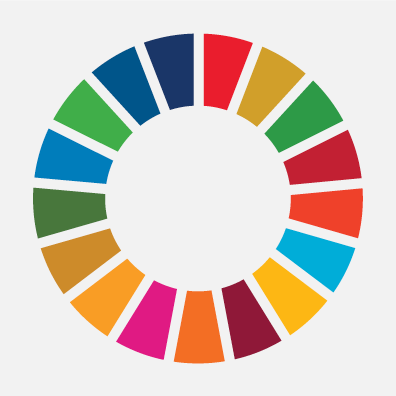Climate lowlands (Denmark)
Challenge
In Denmark, approximately 60% of land area is used for intensive farming leading to 9 million tons of CO2e emissions per year. Over the years, carbon-rich lowlands have been drained for farming purposes. Though these particular fields only represent 7% of the total farmland, they account for more than half the GHG emissions from agriculture in Denmark. If carbon-rich lowlands were taken out of intensive farming, the cut in CO2e emissions would be equivalent to that of 1.8 million conventional cars or 70% of all cars in Denmark.
This would deliver one fifth of Denmark’s overall goal of reducing GHG emissions by 70% in 2030. Additionally, recreating natural hydrology has a positive impact on the surrounding biodiversity and water environment.
KEYWORDS
Thematic
Agriculture, Wetlands, lowlands, GHG-emmissions
Legal
National
Tech
Grant management, GIS, ERP-integration
Earlier programs have had difficulties in attracting landowners. And since it takes three years from the cessation of plowing to achieving the full GHG effect, the time from decision to execution has immense impact on Denmark’s carbon budget.
Solution
In November of 2020, the Danish Environmental Protection Agency (EPA) was appropriated more than 50 million euros to subsidize landowners to cease intensive use of carbon-rich lowlands. Only a few months later, a full digital end-to-end solution went live. Our unique implementation method allowed the Danish EPA to configure the standard platform F2 to serve the need of the climate lowlands initiative at a record pace. The landowners and municipalities apply online alone or in concert using GIS data.
The application self service allows the applicant to access the Danish EPA’s EnviromentalGIS and draw on a map the area the application applies to. The caseflow in F2 starts with the automatic creation of a case based on the submitted application. Between each additional step is a “wait-step” allowing for status codes on all cases to track their progress in the caseflow.
The application is screened by a caseworker, who may call for more information with a unique hearing-link sent to the applicant, who can then submit the relevant information. An aggregated reserve case is created to allow for sorting and prioritization of applications. Applications that fail in the screening are not assessed further.
All other applications are assessed with the opportunity to yet again call for additional information. After all cases have been assessed the prioritization takes place based on the assessment and the amount of funding available in the reserve. A decision is then drafted and reviewed by a separate caseworker who can send the application a step back in the process for renewed assessment, prepare the case for a rejection decision or when a grant is given pass it on for final review. If the final review is OK then the grant is reserved in the government’s shared accounting platform Navision State. The fact that the system requires that two separate caseworkers review before money is allocated safeguards against fraudulent behavior as well as ensures quality in the assessment process. This is something that the National Board of Auditors and the Auditor General has had an increased focus on in recent years.
The automatic reservation of the grant in Navision State is just one of several features that save the EPA staff a lot of time. At the same time as the grant award is communicated to an applicant F2 also opens a pay-out case. This is used for the grant recipient to submit documentation and request for pay-out. The caseflow of this application process seeks to automate as much of the casework as possible allowing for very fast decision making and communication to the applicants. This, alongside an intuitive user journey, has been part of the reason why the Danish EPA has had such tremendous success with this program.
Results
Contrary to earlier programs, the applications exceeded the budget by 1 to 3. By the end of the year, the ministries of Environment and Agriculture found the additional funding and concluded that year one had led to more than 2.000 hectares of restored nature and reduced GHG emissions of 35.000 tones. The EPA concluded: “We have worked diligently with a simple subsidy-scheme, where we listened to municipalities and land-owners who wanted fast conversion of land-use, a simple set-up with one application and one-time compensation, and with the possibility of serving several purposes at once. At the same time, we were able to implement fast on our new IT-platform and deliver an effective and user-friendly solution to our applicants”.
The Second round in 2022 has shown even more promise with project-applications for five times more than originally allocated for the grant-program. Delivering yet another opportunity for the Danish government to frontload its green transition of the Danish agricultural sector and achieve GHG-reductions ahead of time.
Contrary to earlier programs, the applications exceeded the budget by 3 to 1. By the end of the year, the ministries of Environment and Agriculture found the additional funding and concluded that year one had led to more than 2.000 hectares of restored nature and reduced GHG emissions of 35.000 tones. The EPA concluded: “We have worked diligently with a simple subsidy-scheme, where we listened to municipalities and land-owners who wanted fast conversion of land-use, a simple set-up with one application and one-time compensation, and with the possibility of serving several purposes at once. At the same time, we were able to implement fast on our new IT-platform and deliver an effective and user-friendly solution to our applicants”.
The Second round in 2022 has shown even more promise with project-applications for five times more than originally allocated for the grant program. Delivering yet another opportunity for the Danish government to frontload its green transition of the Danish agricultural sector and achieve GHG-reductions ahead of time.
The Climate Farmland experience is a showcase as to why execution matters. This initiative is crucial to Denmark’s green transition in an area that is challenging to manage across the world. By employing standard software, the execution was made easy for the responsible government agency, and it resulted in a record intake and user satisfaction.
The IT platform didn’t reduce the GHG emissions, but it made it possible to execute a program at a record pace while making it easy for the landowners and municipalities to engage. Altogether, this enabled one of the most promising instruments to reduce GHG emissions and restore nature.


